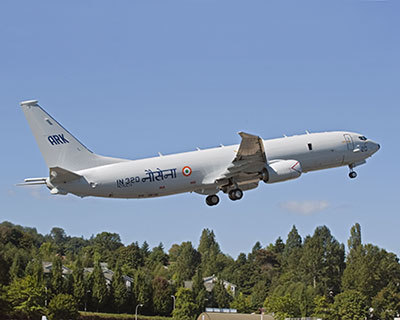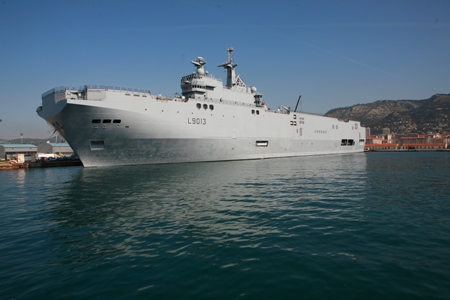
WASHINGTON (PTI): NASA has sent its Mars Curiosity rover to investigate a mysterious set of rocks on the Red Planet.
The rover has completed a reconnaissance "walkabout" of the first outcrop it reached at the base of the mission's destination mountain and has begun a second pass examining selected rocks in the outcrop in more detail.
Exposed layers on the lower portion of Mount Sharp are expected to hold evidence about dramatic changes in the environmental evolution of Mars, researchers said.
That was a major reason NASA chose this area of Mars for this mission. The lowermost of these slices of time ascending the mountain includes a pale outcrop called "Pahrump Hills."
It bears layers of diverse textures that the mission has been studying since Curiosity acquired a drilled sample from the outcrop in September.
The first target in the second pass is called "Pelona," a fine-grained, finely layered rock close to the September drilling target at the base of Pahrump Hills outcrop. The second is a more erosion-resistant ledge called "Pink Cliffs."
"We see a diversity of textures in this outcrop - some parts finely layered and fine-grained, others more blocky with erosion-resistant ledges," said Curiosity Deputy Project Scientist Ashwin Vasavada of NASA's Jet Propulsion Laboratory, Pasadena, California.
"Overlaid on that structure are compositional variations.
Some of those variations were detected with our spectrometer.
Others show themselves as apparent differences in cementation or as mineral veins. There's a lot to study here," said Vasavada.
During a second pass up the outrcrop, the mission is using a close-up camera and spectrometer on the rover's arm to examine selected targets in more detail.
The second-pass findings will feed into decisions about whether to drill into some target rocks during a third pass, to collect sample material for onboard laboratory analysis.
"The variations we've seen so far tell us that the environment was changing over time, both as the sediments were laid down and also after they hardened into bedrock," Vasavada said.
"We have selected targets that we think give us the best chance of answering questions about how the sediments were deposited - in standing water, flowing water, sand blowing in the wind - and about the composition during deposition and later changes," said Vasavada.
 Previous Article
Previous Article Next Article
Next Article











The Indian Air Force, in its flight trials evaluation report submitted before the Defence Ministry l..
view articleAn insight into the Medium Multi-Role Combat Aircraft competition...
view articleSky enthusiasts can now spot the International Space Station (ISS) commanded by Indian-American astr..
view article